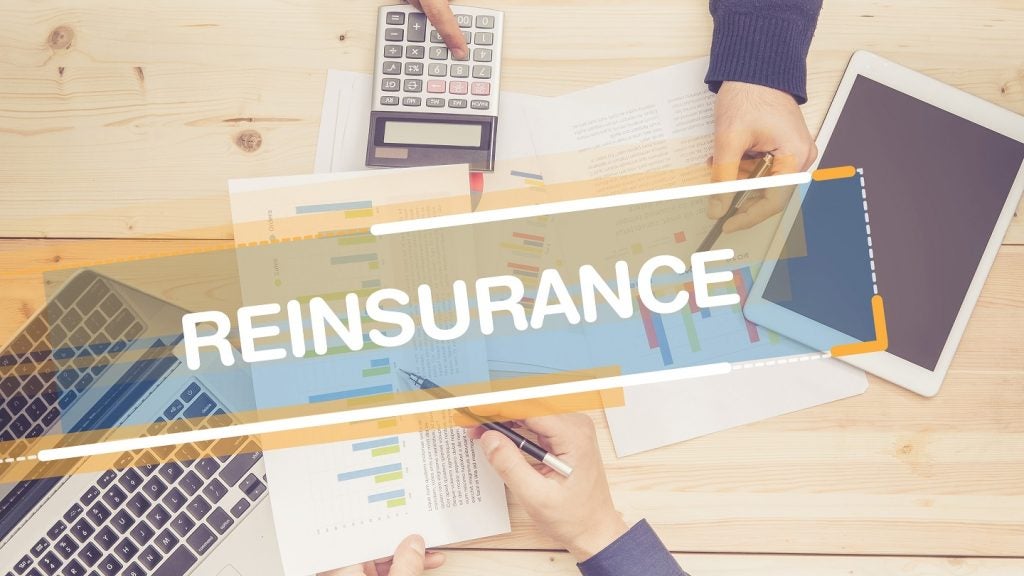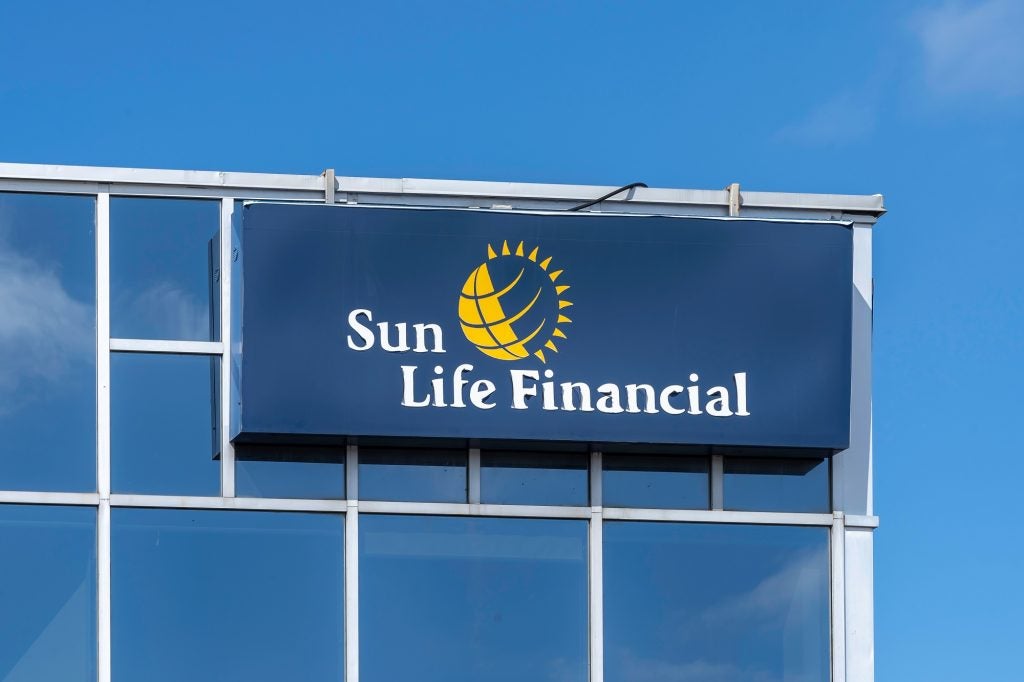Industry Attractiveness
The Iranian insurance industry plays an important role in the country’s economic development, as it builds confidence and security in the country’s manufacturing and service sectors. The change in the structure of the Iranian insurance industry and the setting up of private insurance companies has led to the introduction of new supervisory mechanisms. The liberalization of insurance premiums, modification of life insurance regulations, establishment of cooperative insurance companies, reductions in compulsory reinsurance and bylaws and guidelines to fight money laundering have made insurance more significant in Iran. The creation of free trade zones and special economic, industrial and trade zones has encouraged foreign insurers to enter into the country, supporting the growth of the Iranian insurance industry.
During 2011 and 2012, the Iranian insurance industry registered the highest growth in earned premium in the world. This was primarily due to the introduction of private insurers to the country, the privatization of state-owned insurers, and growth in motor third-party liability insurance. Despite this, low industry perfojmance indices, low received premiums, an inefficient management structure and a low market share compared to national savings indicated that the Iranian insurance industry did not perform well by global standards.
The implementation of privatization increased competition in the Iranian insurance industry. As a consequence, insurance companies started to offer insurance products at competitive prices, which improved the contribution of the insurance industry to the country’s GDP. The level of insurance premiums to Iran’s GDP rose to 1.21% in 2008 and 1.5% in 2012.
The Iranian insurance industry’s share of the global insurance industry increased from 0.07% in 2005 to 0.12% in 2009 and 0.15% in 2011, in terms of written premium. The Iranian insurance industry valued IRR100.6 trillion (US$10.06 billion) in 2012, in terms of gross written premium, after registering a high CAGR of 25.5% between 2008 and 2012. The highest annual growth, of 45.2%, was recorded in 2011 due to the significant growth in motor, accident, liability and life insurance. With the growth of private sector insurers, the Iranian insurance industry is expected to register a CAGR of 19.5% until 2017.
The Iranian insurance industry was dominated by the non-life segment between 2008 and 2012 followed by the personal accident and health, and life segments. However, the non-life segment registered a decline in its industry share from 78.7% in 2008 to 66.1% in 2012. Both the life and personal accident and health segments registered growth due to increased consumer awareness, a growing middle-class population and rising healthcare expenditure in the country.
Motor insurance held the largest share of the Iranian insurance industry in terms of written premium in 2012 with a 50.5% share, followed by health insurance with 17.8%. A rise in the number of road accidents increased consumer awareness of motor insurance, and the introduction of compulsory third-party motor liability insurance in 2011 by the Iranian government played an important role in driving the overall insurance industry. As a result, the Iranian non-life segment grew at a CAGR of 20.1% in that period.
With the implementation of privatization and liberalization policies in 2000, the number of insurance companies grew from five in 2002 to 26 in 2012. Of these, 15 were foreign insurance companies, and 10 were private domestic insurers and one state owned insurance company. There are six free trade zones and several special economic, industrial and trade zones in Iran, and joint-stock or cooperative insurers, as well as insurance agencies and brokers, are authorized to operate in these regions. However, insurance companies operating in these regions are not permitted to provide policies to companies or individuals outside the region, although reinsurance transactions are allowed.
Minimum capital requirements differ according to the type of insurer operating in Iran’s free trade zones. In the case of direct insurance, the minimum cost towards establishment is IRR15 billion (US$1.42 million), for mutual insurance it is IRR200 million (US$0.02 million), for reinsurance it is IRR85 billion (US$8.1 million) and for insurance agencies or brokers it was IRR300 million (US$0.03 million). For all types of establishment, insurers have to initially pay at least 50% of the minimum capital.
The president of Bimeh Markazi, Iran’s insurance regulatory body, invited foreign companies to establish offices in the country in 2012. It stated that companies in the life segment are required to have a minimum capital of IRR1 trillion (US$80 million), whereas for non-life and personal accident and health insurers is the minimum is IRR2.5 trillion (US$200 million).
The premium per capita in the Iranian insurance industry increased from IRR561,942.2 (US$56.2) in 2008 to IRR1.32 million (US$132.2) in 2012. This increase in premium per capita placed Iran in 68th position globally. The Iranian insurance industry rose from 46th position in 2008 to 44th in 2011, in written premium, whereas in terms of premium per capita it rose from 76th place in 2008 to 68th in 2011.
Segment Outlook
The Iranian life insurance segment accounted for 9.9% of the country’s insurance industry in 2012, which is very low compared with global figures. Life insurance accounted for around 50% of the global industry in 2012, and around 70% in Japan, Switzerland and some European countries. One of the main reasons for the underdevelopment of life insurance in Islamic countries such as Iran is low insurance penetration, often due to state-run economies and dependence on oil earnings. However, the introduction of liberalization and privatization is gradually enhancing the efficiency and development of economic activities, enabling private institutions to operate.
The life segment accounted for the lowest share in the insurance industry in 2012. Disciplined saving by citizens to support them during retirement, coupled with an underpenetrated market will offer the life segment positive growth potential over the coming years. Iran’s social security scheme is compulsory and is considered to be one of the principal insurance costs for employers, who are required to pay 20% of the total contribution, which is 30% of an employee’s monthly salary.
The Iranian government’s pro-market policies have included building free trading zones and encouraging privatization. As a result, the number of state-owned insurance companies fell from four in 2006 to just one in 2011, whereas the number of private insurers increased from 16 in 2008 to 24 in 2011. In terms of distribution, the number of agents increased from 11,530 in 2008 to 25,304 in 2011.
Despite the global financial crisis, rising public awareness of the importance of insurance played an important role in the growth of life insurance written premiums. However, complex regulations are responsible for low levels of insurance penetration.
One of the key challenges to the growth of the Iranian life insurance segment is the nation’s low retirement age. Iran is the only country in the world to have a retirement age of 45, which places a greater onus on life insurers in terms of the disbursement of benefits. This has discouraged companies from entering the segment, which therefore remained underdeveloped between 2008 and 2012.
The Iranian life insurance segment registered 46.6% growth in 2011, primarily driven by rising consumer awareness of the benefits of insurance and promotional offers from insurance companies. This growth was a result of initiatives introduced by the Iranian insurance regulator. This indicates the increasing investment in life insurance products, which has been driven by initiatives taken by both the government and insurers to raise awareness.
The Iranian life insurance segment grew from IRR2.1 trillion (US$0.21 billion) in 2008 to IRR9.9 trillion (US$0.99 billion) in 2012, at a CAGR of 47.1%. The segment is anticipated to increase from IRR9.9 trillion (US$0.99 billion) in 2012 to IRR32.5 trillion (US$3.25 billion) in 2017, at a CAGR of 26.8%. Iranian life insurance penetration rates measured 0.15% in 2012, which indicates positive growth potential.
Individual life insurance accounted for 82.7% of the life insurance segment’s written premium in 2012. Group life insurance accounted for the second-largest share. Large-scale industrialization and initiatives by companies to provide life insurance to employees supported the growth of group life insurance. These two categories are expected to retain their leading positions over the coming years.
Distribution Channels
The Iranian insurance distribution network predominantly comprises brokers, agencies, direct marketing, bancassurance, e-commerce and other distribution channels. Any foreign agencies or brokers wishing to establish operations in any of Iran’s six free trade zones must have a minimum capital of IRR300 million (US$33,267), according to the Iranian regulatory framework.
Privatization, low insurance penetration, and industry growth have increased the number of brokers and agencies. The number of brokers operating in the Iranian insurance industry rose from 266 in 2008 to 384 in 2011, whereas the number of agents increased from 11,530 to 25,304. The industry share of insurance brokers fell from 61.3% in 2008 to 59.2% in 2012, whereas agencies’ share grew from 31.6% in 2008 to 33.8% in 2012, due to the growing network of agencies in Iran.
The agencies channel is expected to increase its market share, in terms of written premium new business, to reach 38.3% in 2017. With domestic and international banks establishing a market presence, the Iranian bancassurance channel also played a key role in distributing insurance, with domestic insurers leading the channel between 2008 and 2012.
The number of life insurance agents increased from 657 in 2008 to 3,956 in 2012, which affected the market share of brokers. Its share of the life segment fell from 87.0% in 2008 to 75.1% in 2012, and is expected to decrease further to reach 64.1% in 2017. However, the increasing number of agencies, which increased the channel’s share from 7.5% in 2008 to 17.7% in 2012, is also expected to support further growth to reach 27.8% in 2017.
The bancassurance network is the third-largest distribution channel. The entry of foreign insurers through the liberalization and privatization of the insurance industry supported growth, as foreign insurers started to promote bancassurance to reduce commission costs and access banks’ customer bases. The bancassurance channel’s share in terms of distributing life insurance grew from 3.3% in 2008 to 4.1% in 2012, and the promotion of bancassurance by insurers is expected to increase its market share to 4.5% in 2017.
In the absence of specialized life insurance brokers, those distributing non-life and personal accident and health insurance also distribute life policies. The gross written premiums of new business through brokers increased from IRR877.66 billion (US$0.09 billion) in 2008 to IRR3.34 trillion (US$0.33 billion) in 2012, at a CAGR of 39.7%.
Despite the dominance and popularity of brokers, agencies continued to remain the second-largest distribution channel between 2008 and 2012. In terms of gross written premium, new business this channel grew from IRR75.98 billion (US$0.008 billion) in 2008 to IRR787.3 billion (US$0.08 billion) in 2012 at a CAGR of 79.4%. The agencies network accounted for a life insurance segment share of 7.5% in 2008 and increased to 17.7% in 2012. This is expected to remain the case, with the channel accounting for a 27.8% share of the gross written premium for new business in 2017.
Government initiatives have encouraged banks to expand their branch networks, which will increase the potential customer base of the bancassurance channel. As a result, the Iranian bancassurance channel is also expected to register growth, in terms of written premium new business.
How well do you really know your competitors?
Access the most comprehensive Company Profiles on the market, powered by GlobalData. Save hours of research. Gain competitive edge.

Thank you!
Your download email will arrive shortly
Not ready to buy yet? Download a free sample
We are confident about the unique quality of our Company Profiles. However, we want you to make the most beneficial decision for your business, so we offer a free sample that you can download by submitting the below form
By GlobalData







